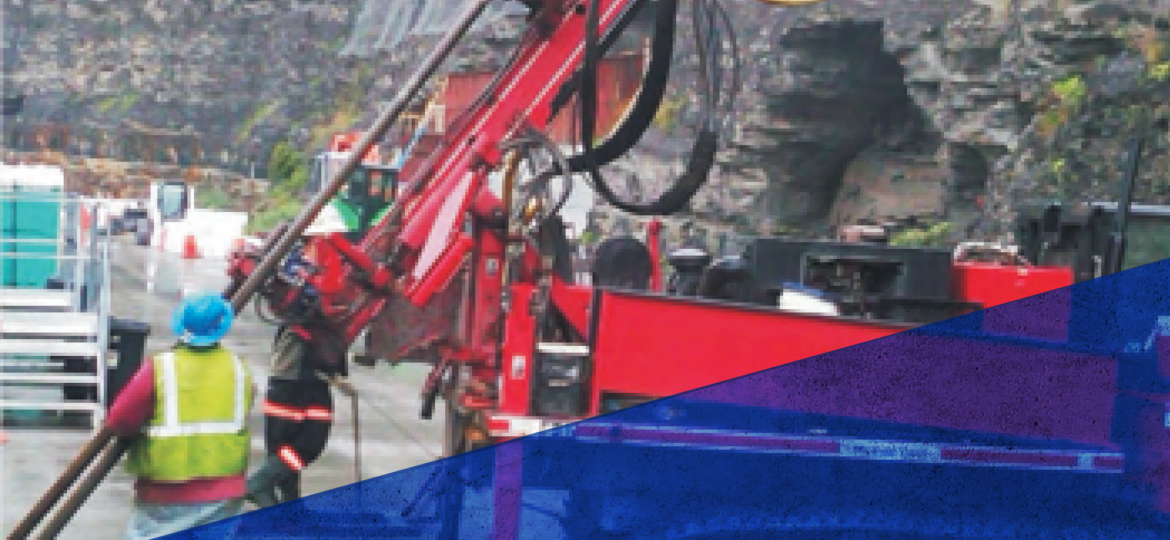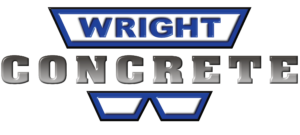
Low Density Cellular Void-Fill Concrete
Low-Density cellular void-fill concrete simplified. Of course, the process is significantly more intricate than what we are showing in the animation above, however this breaks the process down into a visual that anyone can easily understand. Wright Concrete and Construction is one of the most trusted installers of cellular void fill concrete in the United States, with installations from Montana to West Virginia.
Logan West Virginia
We have a history of solving complex problems with subsidence in an efficient and effective process. A subsidence issue in Logan West Virginia is a key example of this. Land in the mountains is hard to come by. Often, modern buildings are placed on top of previously mined areas. This can create an issue with subsidence if the underground mine starts sloughing. This can result in the modern building shifting which can create a plethora of issues from foundation cracking to drainage backup to loading logistics.
The Wright family of companies was able to come together to provide an efficient solution in this situation. The other unique issue with this buildout was that the modern building sitting on the subsiding surface was a 24-hour Walmart shopping center that needed to stay open during the project to provide essential services and products to the community.
Wrightway Drilling was able to drill approximately 80,000 feet of vertical and angle holes approximately 200 feet deep to an underground mine that was causing the subsidence under the store and in the surrounding parking and loading areas. This gave Wrightway pumping access to the underground mine. Utilizing track drills and down-hole remote camera systems, we were able to assess the underground mine and come up with the best solution.
Next, Wrightway Concrete Pumping moved in to pump over 30,000 cubic yards of low-density cellular concrete into the void. With our mix-material division, we were able to set up one of our portable concrete plants on site to mix our custom batch of pumpable low-density void-fill concrete. This solution created mass scale support structure to prevent further subsidence in the underground void. All of this was completed with zero interruption to service of the shopping center.
Billings Montana
Another major quality of low-density void-fill cellular concrete is that it can be designed to be cuttable by a miner. Wright Concrete and construction used this exact scenario to assist Signal Peak Energy in making history in 2014 by helping buildout what would be then the widest underground longwall recovery room to date.
The solution of using cuttable low-density concrete allowed Signal Peal Energy to develop a 42ft wide pre-developed full-face recovery room without the need to stop and install any supplemental roof support systems.
The Wright family of companies provided all drilling solutions and pumping backfill of low-density cellular concrete. Test samples were taken every hour of the job and were sent to professional labs to be tested after 28 days of curing to ensure a minimum unconfined compressive strength of 800 psi. Once the project was completed, boreholes were drilled, and cameras dropped in to ensure complete contact was made with the roof material. When all was said and done, more than 19,000 cy of low-density cellular concrete was pumped.
For a full write up on the project in Billings Montana, check out this edition of Coal Age Magazine.
If you are having subsidence issues or need high-volume low-density concrete solutions for void-fill situations, Wright Concrete and Construction has a solution for you. Contact us today to see how we can work together.
